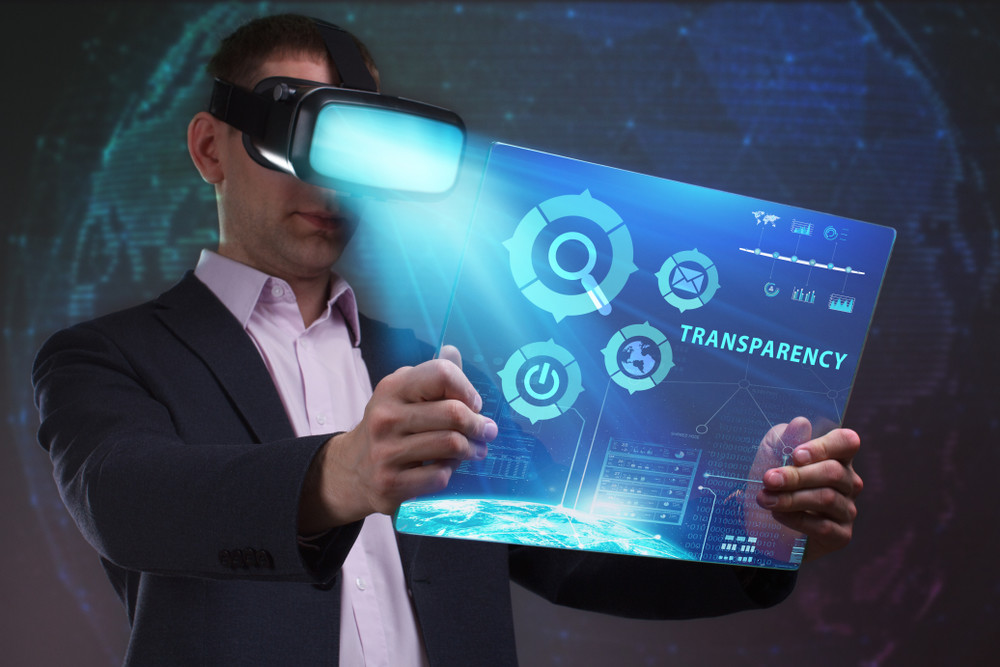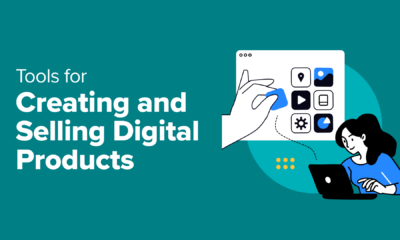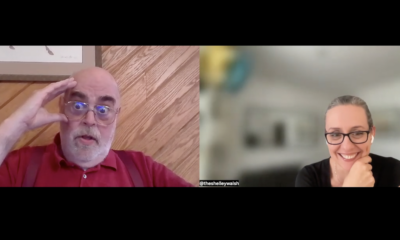TECHNOLOGY
How Virtual Reality is Reshaping Digital Advertising

Virtual reality (VR) allows users to experience a virtual world in real time, in their immediate physical surroundings.
By offering customers an experiential brand demo, VR in digital advertising can transform the way people create and see ads today.
Marketing done through digital platforms like websites, social media, mobile applications, emails, and search engines is digital marketing. A widely used means of marketing and advertising today, digital marketing has proved quite influential on the target audience. However, the use of social media to promote a product, service, or brand can be intrusive too, resulting in inconvenience to the customers. Another challenge faced with digital marketing is the two-dimensional representation of the product being promoted. VR in digital advertising promises to overcome these, and other such, problems.
The Rising Role of Virtual Reality in Digital Advertising
Virtual reality complements digital advertising by presenting almost every commodity or trade to the user in a three-dimensional format. VR not only adds depth to the content that advertisers want to put out but also provides a real-time immersive experience for their viewers. The technology allows for an interactive session between a company and its customers, demonstrating facts and figures and stimulating immediate feedback. Therefore, companies have started using VR in digital advertising for a better company-consumer relation and efficient brand marketing.
Virtual reality in marketing allows for everything from real-life depiction to implementing abstract perceptions for enhanced customer engagement. Here are a few ways in which VR boots the marketing strategy of a company or a brand.
1. Immersive Content Reproduction
Seeing is believing. VR employs simulations to offer the user a real-time view of the product. A 360-degree view of a new property that you intend to purchase is always better than the two-dimensional pictures and infographics. It not only helps your potential customer to view your product as is, but also helps them make informed decisions. The famous cookie brand, Oreo applied VR technology to advertise their new chocolate filled, cupcake flavored cookies.
2. Virtual Trial Room Experience
VR can also be used to set up virtual showrooms for a better retail experience. Brands like Marks & Spencer and Alibaba’s Buy+ are investing in software that offers in-store virtual tours for customers to experience shopping while staying indoors. This software helps customers walk through the store aisles, examine and compare different products, try them on, and finally purchase them. It helps save on the logistics, improve inventory and stock management, and enhance customer service.
3. Interactive Character Elements
Another way in which VR can revolutionize advertising is by promoting entertainment. The best example of this is the release of Warner Bros’ IT- FLOAT. The trailer for the movie used cinematic VR experience with 3D sound technology to give the audience a first-hand experience of interacting with the clown, Pennywise.
With an increase in the use of digital devices by customers, VR is here to stay. By creating experiences, rather than just advertising, VR can help establish a stronger relationship between the brand and the customer. So, brands need to imagine more and find out ways to incorporate a VR-based advertising strategy in their business.
Source link




















You must be logged in to post a comment Login